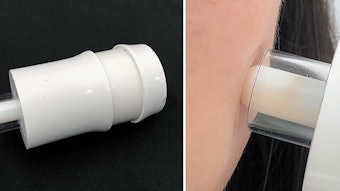Sodium lauryl sulfate (SLS) has often been chosen as a model for irritant contact dermatitis (ICD) to study the effect of water-soluble irritants in combination. Recently tandem—i.e., sequential—exposures with SLS have been performed to study the mechanism of skin barrier impairment in ICD. In this article the results of six published tandem irritation studies are evaluated; possible mechanisms and clinical ramifications, albeit complex, are discussed. The clinical relevance of tandem irritation among cosmetics users and in many occupational settings appears obvious and suggests the need for further studies clarifying its principles and mechanisms.
ICD and Tandem Irritation
Occupational skin disease is an important health burden in society and causes a significant impairment in the quality of life of employees, where a majority of the reported cases suffer from ICD of the hands.
ICD is a nonimmunological local inflammatory reaction characterized by erythema, edema, or corrosion following single or repeated application of a chemical substance to an identical cutaneous site. It is important to note that ICD in the workplace generally occurs with a combination of exposures to multiple irritants. Cosmetic exposure, especially to the face, often similarly consists of application of multiple products.










